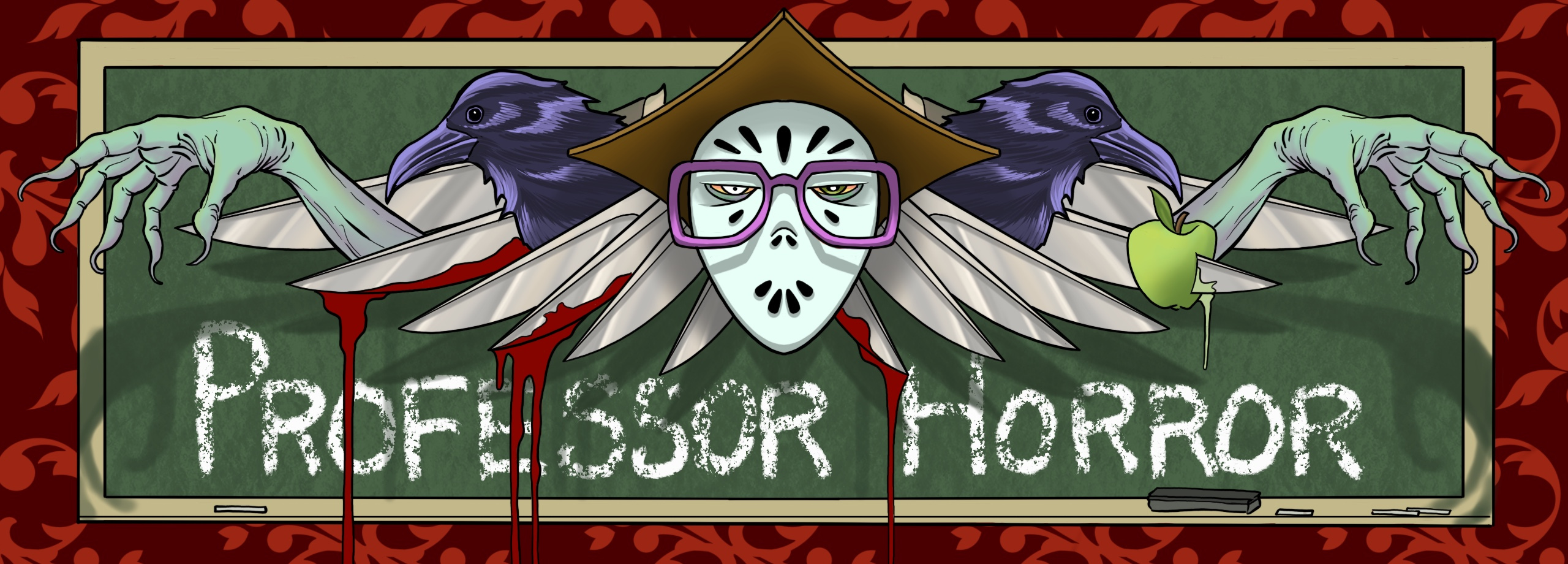
Where Horror Gets Studied, Skewered, and Celebrated.
Newest articles and reviews
(Fantastic Fest Review) Blood, Beloning, and Breaking Points: Four Horror Films that Ask Who we are in the Dark.
By. Professor Horror
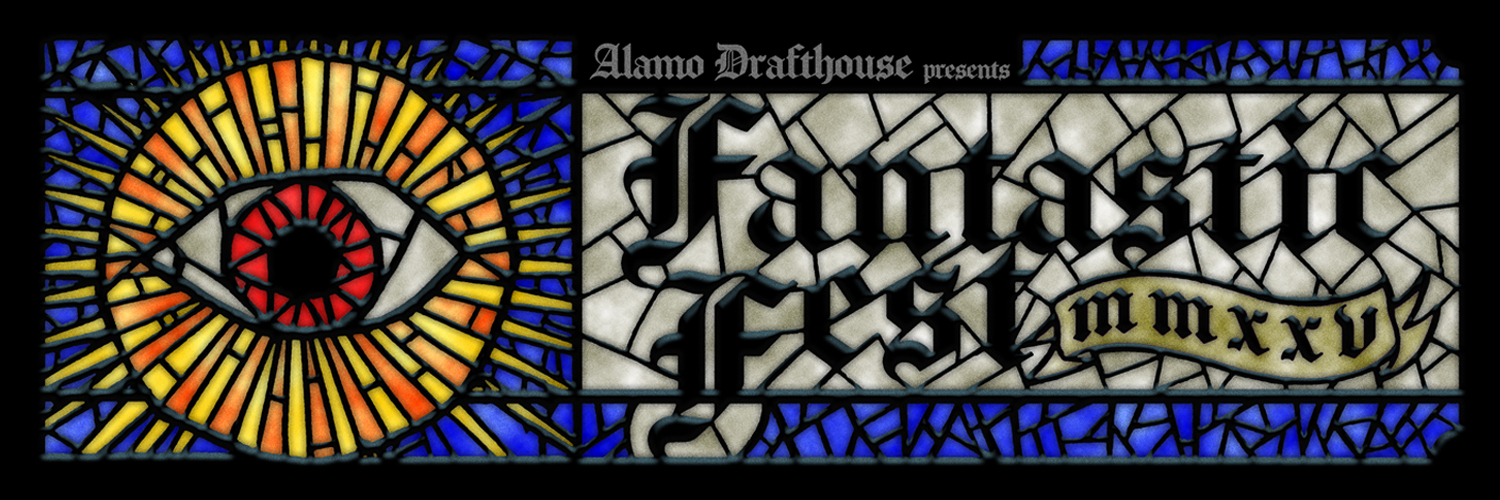
Horror has always been about more than jump scares and gore because it has always been a mirror for our social anxieties, a stage where belonging and identity get tested under extreme conditions. At Fantastic Fest this year, the fest showcased many films which show how horror thrives when it probes the tension between community and alienation. Whether it’s activists turned executioners, teens facing masked killers, a young woman seeking solace in witchcraft, or seniors bonding over a haunted rug, each story asks: what do we become when we crave belonging, and what do we lose when we find it? These films may differ in tone and style, ranging from bleak grindhouse carnage to playful documentary, but together they reflect a world struggling with division, grief, and reinvention. Each one places its characters in a crucible where community is either the salvation or the curse, where identity can either be reclaimed or destroyed. In doing so, they remind us that horror’s greatest monsters are often born from the desperate need to belong. Together, these films chart the boundaries of horror’s social contract. Belonging can be intoxicating (whether in activist circles, sibling groups, covens, or creative teams) but horror reminds us that communities can nurture or devour, liberate or destroy. In the end, horror’s lesson is simple but chilling: what we do for the sake of belonging reveals who we truly are.
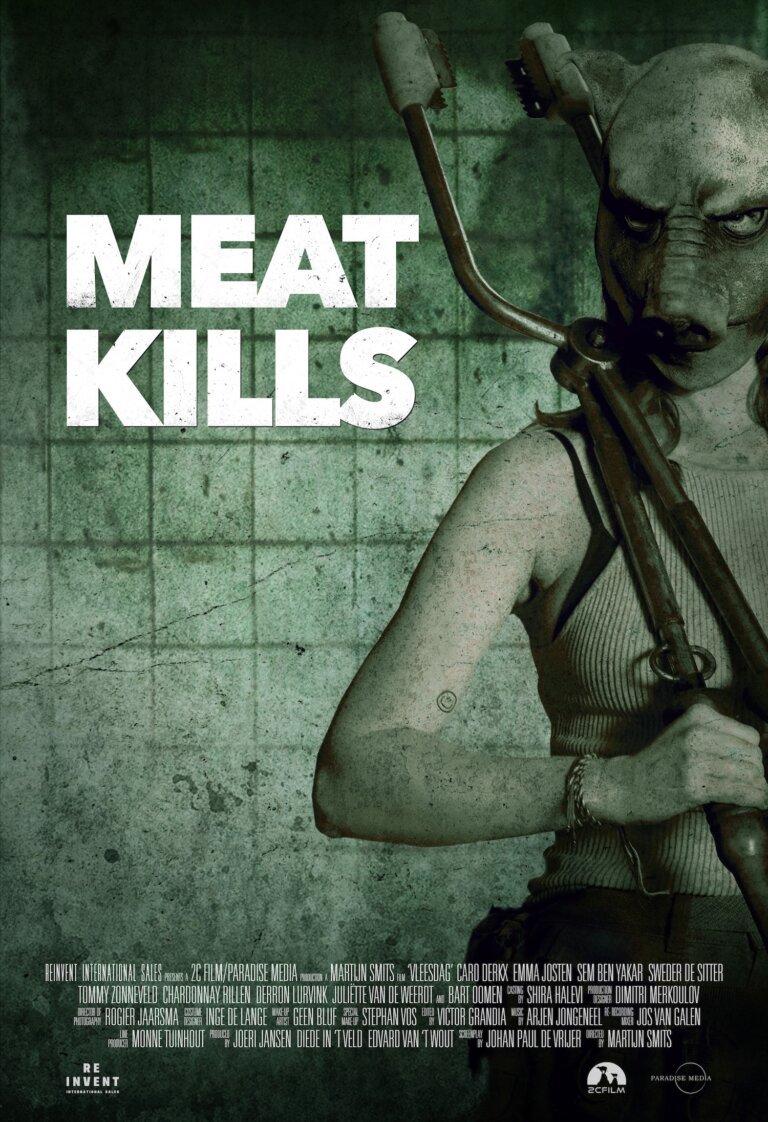
MEAT KILLS (Martijn Smits)
Set in the Netherlands on a family pig farm, MEAT KILLS is a blistering vision of extremism where ideology rots into brutality. Mirthe, an idealistic recruit hoping to impress a radical animal-rights group, sneaks footage from a slaughterhouse only to be pulled into a cycle of escalating vengeance between activists and farmers. The film refuses to offer heroes and instead only provides victims and perpetrators locked in an endless struggle, trading cruelty for cruelty. Smits uses the grime of the slaughterhouse and the claustrophobic farmhouse interiors to amplify the sense of rot not just in the bodies but in the soul of the community. With practical effects that recall Texas Chain Saw Massacre and French Extremity, the film dares the audience to look away even as it asks them to reflect on the ugliness of polarization. What results is a punishing but pointed allegory about how the search for belonging, when poisoned by hate, can leave nothing but blood in its wake.
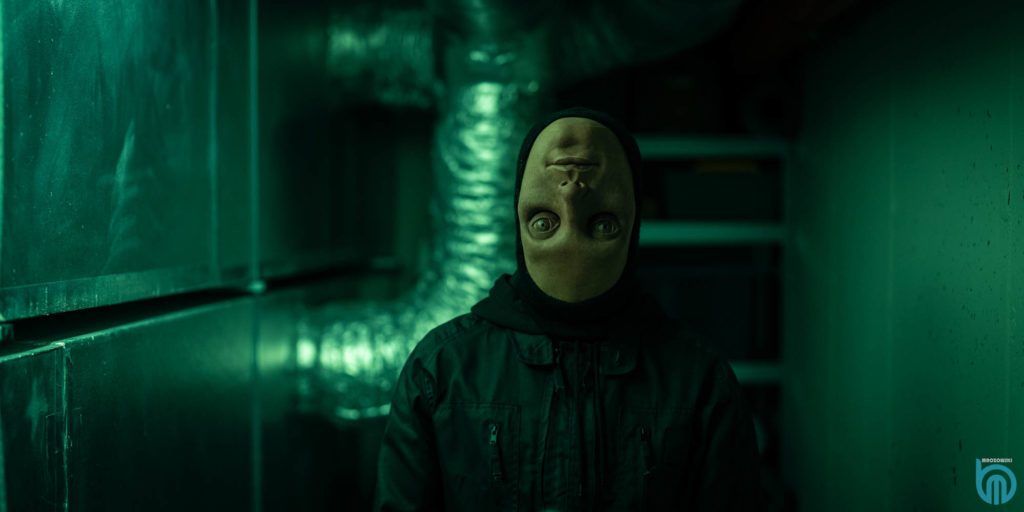
13 DAYS TILL SUMMER (Bartosz M. Kowalski)
This Polish slasher stitches together home invasion terror and classic teen body-count mayhem into a brisk, brutal package. Antek, a withdrawn teen, discovers a corpse in the woods just as his sister Paula decides to throw a house party, an act of reckless defiance that sets the stage for slaughter. Enter a masked killer with a grotesque upside-down silicone face, and the familiar rhythms of the slasher genre begin to play out with unnerving precision. Kowalski keeps the energy high and the kills creative, but he grounds the violence in the fractured bonds between siblings and their absent mother. The film balances nostalgia with sharp modern edges, using the familiarity of genre tropes to explore how fragile family structures can be when tested. In the end, it’s as much about blood ties as blood spilled, showing how belonging to a group can be both a shield and a death sentence.
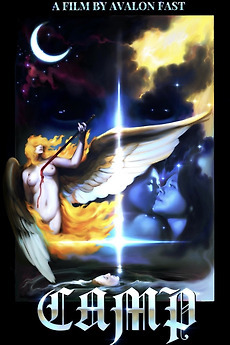
CAMP (Avalon Fast)
Avalon Fast’s sophomore feature is a dreamlike plunge into grief, witchcraft, and self-reinvention, continuing the bold experimentation she began with Honeycomb. Emily, still reeling from her best friend’s overdose and a haunting accident from her past, takes a job as a summer camp counselor to escape her guilt and rebuild her life. There she finds herself drawn into two possible communities: one rooted in the Christian camp façade, the other a coven of counselors who embrace witchcraft as a path to power. The film blurs reality with surreal imagery as we see trains fading into dreamscapes, skies pulsing with color, all of which makes Emily’s trauma feel like a living, shifting entity. Zola Grimmer grounds the film with a performance that makes Emily’s search for belonging both painful and magnetic, showing how grief can lure us toward dangerous forms of kinship. Rather than neat closure, CAMP leaves us in the messy, ambiguous space where healing and destruction often look eerily alike.
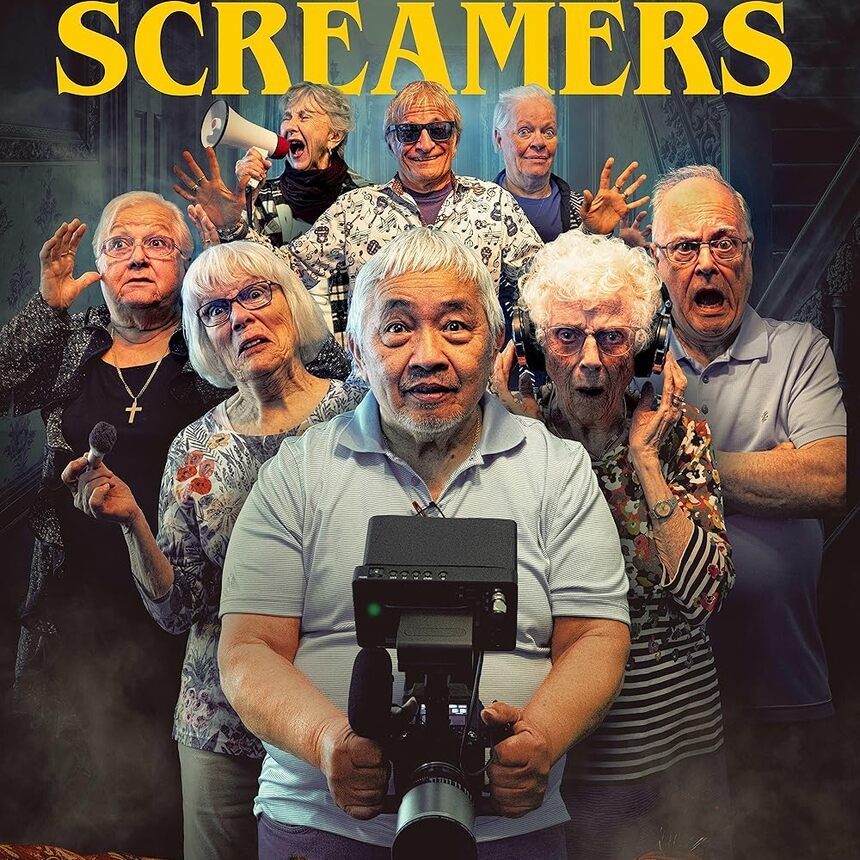
SILVER SCREAMERS (Sean Cisterna)
If the other films explore how belonging can turn lethal, SILVER SCREAMERS flips the script with warmth, humor, and humanity. Sean Cisterna’s documentary follows a group of Canadian seniors who, with no prior horror experience, band together to make a short film about a killer rug. What begins as a creative workshop turns into an exploration of community-building, as participants find new purpose and joy in learning the ropes of filmmaking. Their journey is punctuated with charming personal stories: a former teacher thriving as a makeup artist, a 96-year-old sound recordist, and lifelong hobbies reborn as cinematic skills. The documentary makes clear that horror doesn’t just belong to the young because it’s a language that can empower anyone to tell stories, connect, and rediscover life at any age. By its conclusion, SILVER SCREAMERS proves that belonging can rejuvenate rather than consume and reminds us that horror, at its core, is about the thrill of creating together.
Grubby's Hole
About Professor Horror
At Professor Horror, we don't just watch horror: we live it, study it, and celebrate it. Run by writers, critics, and scholars who've made horror both a passion and a career, our mission is to explore the genre in all its bloody brillance. From big-budget slashers to underground gems, foreign nightmares to literary terrors, we dig into what makes horror tick (and why it sticks with us). We believe horror is more than just entertainment; it's a mirror, a confession, and a survival story. And we care deeply about the people who make it, love it, and keep it alive.